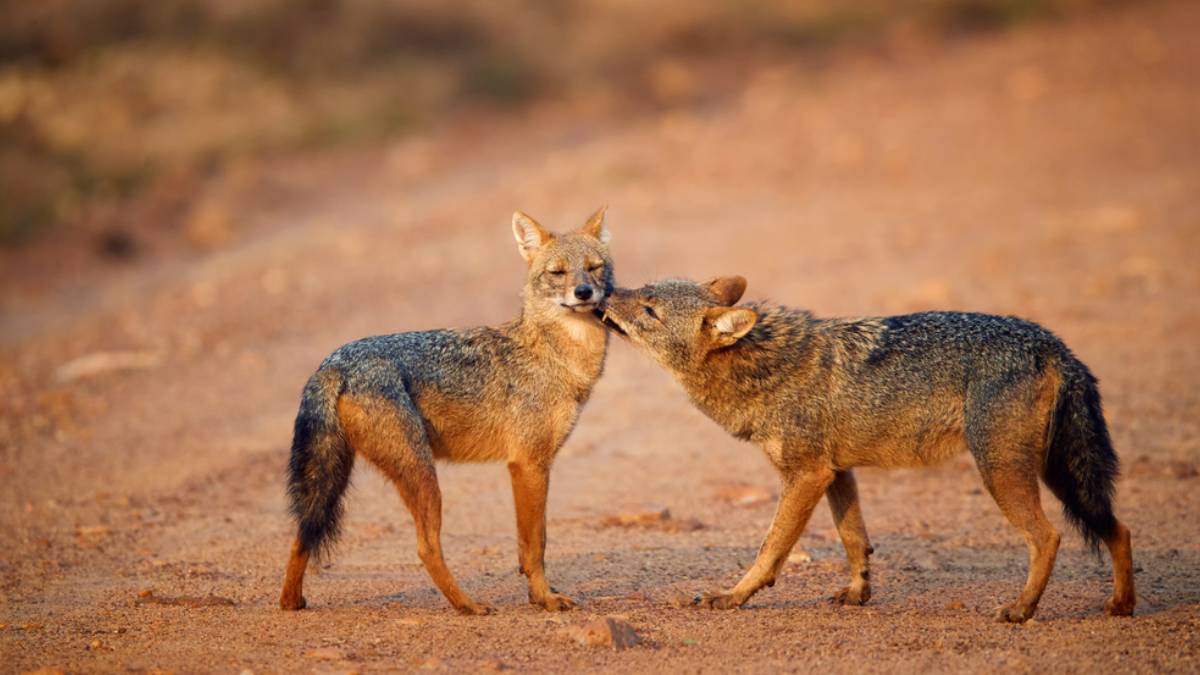Nestled within the vibrant tapestry of India’s diverse ecosystem lies the state of Rajasthan, a land renowned for its majestic forts, vibrant culture, and vast arid terrains. Yet, beyond its historical splendor, Rajasthan boasts a rich biodiversity, harboring a myriad of unique flora and fauna, from the royal Bengal tiger to the elusive Indian leopard. In recent years, Rajasthan has emerged as a stalwart in wildlife conservation, undertaking substantial efforts to safeguard its precious natural heritage.
Preservation of Iconic Species
One of Rajasthan’s most iconic symbols of conservation success is the majestic Bengal tiger. Ranthambore National Park stands as a testament to this achievement. Once on the brink of extinction, the tiger population in Ranthambore has shown a remarkable resurgence due to stringent conservation measures. The park’s proactive anti-poaching initiatives, habitat preservation, and community engagement programs have played pivotal roles in nurturing a thriving tiger population.
Innovative Conservation Initiatives
Rajasthan’s commitment to conservation extends beyond tigers. Keen on preserving its diverse wildlife, the state has implemented innovative measures. The Desert National Park, spread across the Thar Desert, shelters a unique ecosystem. Here, efforts are focused on protecting endangered species like the Great Indian Bustard and the Indian Gazelle. Conservationists employ technology, such as satellite tracking and habitat restoration programs, to monitor and safeguard these species in their natural habitat.
Community Involvement and Sustainable Development
Crucially, Rajasthan’s conservation endeavors involve local communities. Collaborative efforts aim to strike a balance between wildlife preservation and the livelihoods of those living in proximity to these habitats. Community-based eco-tourism initiatives not only generate income but also raise awareness about the importance of conservation among residents, fostering a sense of stewardship towards the environment.
Challenges and Future Prospects
Despite these commendable efforts, Rajasthan faces persistent challenges. Human-wildlife conflict, habitat fragmentation, and poaching remain pressing issues. Climate change poses an additional threat, altering ecosystems and impacting the survival of several species adapted to Rajasthan’s arid landscapes.
Looking ahead, Rajasthan’s conservation blueprint emphasizes the need for adaptive strategies. Collaborations with scientific institutions, harnessing technological advancements, and enhancing law enforcement measures are integral parts of the state’s vision for wildlife preservation. Furthermore, empowering local communities through education and sustainable development initiatives will be pivotal in securing a harmonious coexistence between humans and wildlife.
Conclusion
Rajasthan’s commitment to wildlife conservation stands as a beacon of hope amidst the challenges faced by biodiversity worldwide. The state’s multifaceted approach, integrating science, community engagement, and sustainable practices, showcases a model worth emulating.

